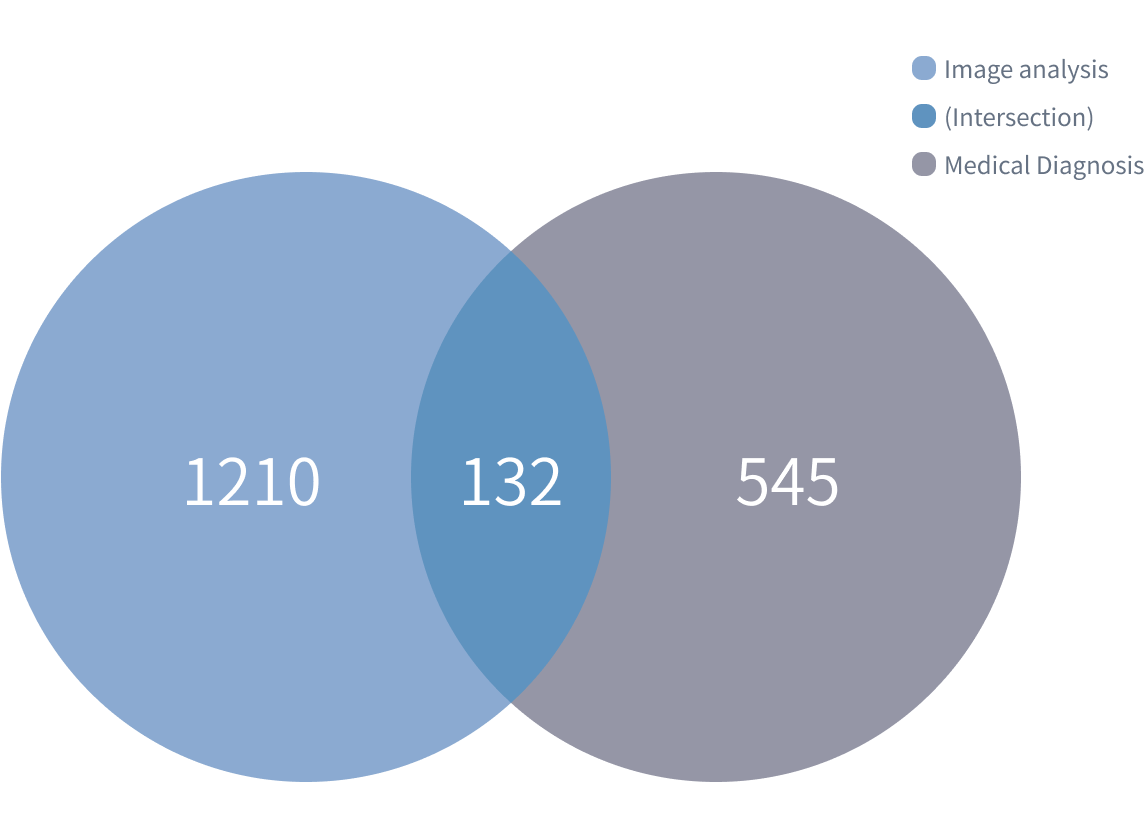The COVID-19 pandemic has put extra pressure on companies that face the urgency to constantly transform their business to remain competitive in the market. In 2020 the OECD reported that industries spent 6.21% more on R&D than in 2019, which evidences these efforts.
Particularly, the market showed a rising interest in the development and use of artificial intelligence, automation and machine learning. A report from Stanford University revealed that "the total global investment in AI, including private investment, public offerings, M&A, and minority stakes, increased by 40% in 2020 relative to 2019 for a total of USD 67.9 billion”. Across the M&A industry, companies saw the huge potential to exploit AI-related tech, and M&A made up the majority of the total AI investment amount in 2020, increasing by 121.7% relative to 2019. As a consequence of this investment, patent filings on AI-related technologies have been increasing steadily, a trend that the Korean Intellectual Property Office (KIPO) also reported and we analyzed in our previous article.
But what kind of AI technique is dominant in patent filings? And which are the preferred AI functional applications? At PI IP LAW we conducted research for AI-related patents in South Korea to give an answer to those questions. We believe that this information may contribute to R&D planning of tech-based companies.
According to the latest KIPO report, a total of 20,503 patent applications related to fourth industrial revolution (4IR) technologies were filed in 2020 and out of those patents, 27% correspond to AI-related filings. To further study the technologies involving these AI-patents we searched a patent database (Keywert) using a list of specific keywords and analyzed the results using the classification codes (based on International Patent Classification, IPC system) that categorize patents into classes according to technical areas and purposes.
Our search retrieve a list of 12,535 patents related to AI filed in Korea in the last decade and identified a total of 350 different classification IP codes relevant to AI that we grouped in three categories (following the same methods used in the WIPO technology report 2019): AI techniques, AI functional applications and AI application fields.
Machine Learning Is the Main AI Technique and Keeps on Growing
The top-ranked code from the AI-patent list is G06N, which means that from all the AI techniques most of the patents are based on machine learning methods. Among the patents referring to AI techniques (approaches used in AI), 87% mentioned machine learning methods. The main sub-categories are (general) machine learning and neural networks that represent a solid 70% and 10% of all the filings related to AI techniques (figure below) and are included in almost half of all identified inventions.
Filings on machine learning grow year by year, and the last two years represent 60.7% and 64.5% of all AI-related filings, which is much higher than the average 48% in the past decade. Our results analyzing patents filed in Korea pretty much resemble the global trends disclosed by WIPO in their Technology Trends 2019 Report.
All businesses wish to make predictions; forecast sales, recommend products, etc. The popularity of machine learning techniques is at least partially explained by its versatility, since the same algorithm/model can be applied to different problems. The inputs can be virtually anything; images, videos, text files and the outputs can also take diverse forms, such as traffic prediction, weather forecasting or coordinates identifying cancer in a medical image. Another point is that these models can consistently improve performance over time if only fed with new data.
Neural networks became popular because of its “cheap” computational power, availability of larger datasets and because it showed to work best for complicated but popular applications such as speech recognition, computer vision and others that we will be discussing below.
The Rise of AI in Computer Vision
We just explained that machine learning techniques allow data gathering, training a model, and using the model to obtain virtually any desired output. Models are used for any kind of functional application and you probably have heard about image analysis, object tracking, robotics, speech recognition and augmented reality. Our next task was to evaluate which are the most popular functional applications in Korea considering our list of AI-related patents.
According to our numbers, computer vision gained popularity very fast in Korea and it is by far the main functional application in our patent study, representing nearly 60%. Following, we found speech processing in second place with 20% and far behind that, natural language processing, knowledge representation, control methods and robotics.
Fields where computer vision technology is commonly applied include medical image analysis, autonomous vehicles, facial recognition (used for example in surveillance and security) and manufacturing (e.g. quality and quantity control) among others. With so many areas of applications, it is no surprise that computer vision technology stands out in our data. Most represented sub domains of computer vision are character recognition, image analysis and scene understanding, representing 46%, 39% and 7% respectively.
Interestingly, although computer vision is used in many sectors, our study indicates that it is particularly mentioned in patents related to life and medical sciences. In particular, we observed the highest convergence between image analysis (G06T 7) and medical diagnosis (A61B), especially last year. Certainly, this can be at least explained by the COVID-19 pandemic, which has highlighted the combination of these two technologies for diagnosis using chest X-ray and CT images, germ screening and thermographic analysis among others.
At PI IP LAW we count with an AI task force which is constantly monitoring trends by conducting intense research and study. In this way, our AI team provides a Korean AI landscape analysis that tech-based companies can utilize to monitor possible competitors, develop R&D strategies, and more.
In the last part of this AI report, we will study the combinations/convergence we see of these techniques and applications in different fields.







